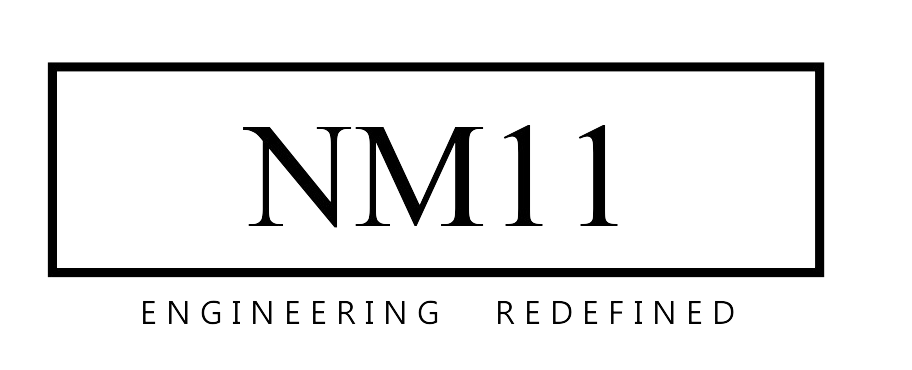Precision Masonry Estimating Services
Overview
Masonry is a timeless craft, combining aesthetics and durability to create structures that stand the test of time.
However, one of the most critical steps before any masonry project begins is the estimation process.
Accurate masonry estimation is crucial for contractors, homeowners, and stakeholders alike.
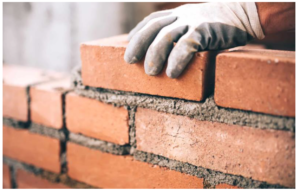
Why Masonry Estimation is Important?
1. Budget Management:
– Accurate masonry estimation is essential for effective budget management.
– It ensures the estimate aligns closely with the true project cost, meeting both client and contractor expectations.
– Prevents unexpected costs, avoiding financial strain or project delays.
– Helps set realistic expectations and ensures the project stays within the agreed budget.
– Provides financial flexibility and avoids disputes by offering a clear breakdown of costs.
– Enhances transparency, helping the client understand where funds are allocated.
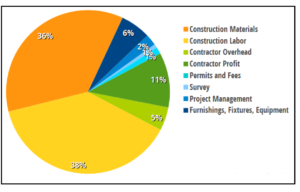
2. Resource Allocation:
– A detailed masonry estimate is crucial for proper resource allocation.
– It ensures accurate planning for materials, labor, and equipment, preventing oversights.
– Helps contractors order the right amount of materials, reducing waste and avoiding shortages or excess.
– Ensures necessary tools and machinery are available on time, optimizing workflow.
– Keeps the project on schedule and prevents delays due to resource mismanagement.
– Avoids inefficiencies and unnecessary costs caused by inaccurate estimates.

3. Client Confidence:
– A clear and professional estimate boosts client confidence in the contractor’s project management abilities.
– Detailed and well-structured estimates assure clients that the contractor has thoroughly assessed the project.
– Builds trust, which can lead to long-term benefits like client referrals and repeat business.
– Transparency in estimates makes clients feel more involved and informed about their investment.
– Fosters a stronger client-contractor relationship through open communication and clarity.
4. Risk Mitigation:
– Masonry estimation is critical for identifying and mitigating risks before the project begins.
– Precise calculations help predict and address potential risks like material shortages, labor issues, or unforeseen expenses.
– Accurate estimates allow contractors to include a contingency plan in the budget for managing unexpected challenges.
– Early risk identification minimizes disruptions and ensures smoother project completion.
– A proactive approach reduces costly mistakes and keeps the project on track financially and timeline-wise.
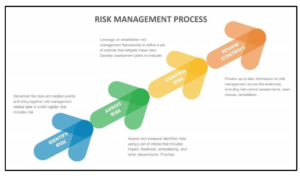
Components of a Masonry Estimate
- Project Scope: Define the type of masonry work (e.g., walls, chimneys, facades) and the materials involved (brick, stone, concrete). Specify unique elements like decorative patterns or custom designs.
- Measurements: Measure the area to be worked on, including length, width, and height, to calculate the total square footage or cubic footage. Include space for additional features like arches or niches.
- Material Costs: Consider the cost of primary materials (e.g., bricks, mortar, stones) and secondary supplies (e.g., cleaning agents, tools). Research the durability and aesthetic qualities of materials for optimal selection.
- Labor Costs: Factor in the number of workers required, their skill levels, and the estimated hours or days needed to complete the project. Adjust for location-based wage variations.
- Equipment and Tools: Include costs for renting or purchasing specialized tools and machinery, such as scaffolding or mixers. Budget for maintenance or unexpected tool replacement.
- Site Preparation: Account for clearing, excavation, or demolition tasks required before the masonry work begins. Add details like waste disposal and access logistics.
- Overheads and Contingencies: Incorporate indirect costs like transportation, permits, and a buffer for unexpected expenses (typically 10-20%). For complex projects, consider a higher contingency.
Step-by-Step Guide to Estimating Masonry Jobs
1. Inspect the Site:
– Conducting a thorough site inspection is the first step in estimating a masonry job.
– Assess the project location for environmental and logistical challenges, such as uneven terrain or limited access.
– Note difficulties like restricted access for heavy machinery, which may impact labor and equipment estimates.
– Confirm accurate measurements of the installation space, aligning them with project plans.
– Evaluate factors affecting the long-term stability of the construction, such as soil conditions or existing structures.
2. Calculate Dimensions:
– After understanding the site, calculate the dimensions of the masonry application area.
– Use precise tools like a laser distance meter or tape measure to measure the length, height, and total surface area.
– For volumetric dimensions, ensure accurate depth and height measurements for cubic calculations.
– Double-check all measurements to prevent discrepancies that might cause material shortages or excess.
– Accurate dimensions are essential for precise material quantity estimations, as square or cubic footage determines material requirements.
3. Determine Material Quantities:
– Once dimensions are confirmed, calculate the quantity of materials required, such as bricks, blocks, or stones.
– Use the standard size of each material to determine how many will fit into the total area or volume.
– Include a waste allowance of 5-10% to account for breakage, cutting errors, and size variations.
– Factor in the thickness of the mortar, as larger gaps increase the quantity of mortar needed.
– Refer to a material conversion chart for precise quantities per square or cubic unit to ensure accuracy.
4. Estimate Material Costs:
– After determining material quantities, estimate the cost of those materials.
– Research local prices for bricks, blocks, mortar, reinforcement, adhesives, and other required materials.
– Include delivery costs, considering factors like distance and material weight.
– Look for bulk purchase discounts to potentially lower overall material costs.
– Compare prices from multiple suppliers to secure the best deal.
– Monitor price fluctuations and adjust the estimate accordingly before the project begins.
5. Assess Labor Needs:
– Labor requirements are a critical component of the estimate.
– Evaluate the project’s complexity, size, type of masonry, and unique challenges to determine crew size and time needed.
– Factor in hourly or daily wages for each worker, adjusted for their role and expertise (e.g., masons, laborers, supervisors).
– Account for specialized tasks, such as stone carving or intricate brickwork, which may require higher-skilled labor and increase costs.
– Ensure the estimate reflects realistic labor costs based on the scope and difficulty of the project.
6. Include Equipment Costs:
– Specialized equipment is often necessary for masonry projects, such as tools for lifting, mixing, or cutting materials.
– Identify all required equipment, including mortar mixers, scaffolding, or brick cutting saws.
– For larger projects, factor in the cost of renting or purchasing machinery.
– Include expenses for equipment maintenance and storage.
– If renting equipment, account for delivery fees, rental rates, and fuel or operational costs.
– Properly include equipment-related costs to avoid overlooking these expenses in the final budget.
7. Add Overheads and Contingencies:
– Indirect costs, or overheads, must be accounted for in any masonry project, including project management expenses, administrative fees, insurance, and utility bills.
– Include a contingency allowance to cover unexpected issues like delays, material shortages, or site problems.
– The contingency margin typically ranges from 5-15% of the total estimate, depending on project complexity and scope.
– This buffer helps manage unforeseen challenges without affecting the financial viability of the project.
– Ensuring these costs are considered ensures a more accurate and realistic overall estimate.
8. Prepare a Detailed Proposal:
– The final step is preparing a clear, comprehensive proposal for the client.
– Organize all gathered information into a professional document, including estimated costs, project timeline, payment terms, and scope of work.
– Provide detailed descriptions of each cost item for transparency.
– Use visual aids like project sketches, site photos, and reference images of similar projects to enhance understanding.
– Highlight assumptions or risks that could impact the timeline or budget.
– A well-organized proposal serves as a solid foundation for both the client’s decision-making and successful project execution.
—————————
Tips for Successful Masonry Estimation
1. Use Estimation Software
– Leverage modern estimation tools to streamline calculations and reduce errors.
– Many software programs offer features like pre-built templates, customizable material databases, and real-time updates for labor and material costs.
– These tools help generate professional, detailed reports that are easy to share with clients or team members.
– Utilizing such software improves accuracy, efficiency, and communication throughout the estimating process.
2. Stay Updated on Prices
– Material and labor costs can fluctuate due to market conditions, seasonal changes, or regional differences.
– Build strong relationships with local suppliers to receive timely pricing updates.
– Regularly review industry trends and market reports to stay informed about cost changes.
– For long-term projects, include contingency allowances for potential price increases to prevent unexpected budget overruns.
– Proactively managing cost fluctuations helps keep the project on budget and avoids financial surprises.
3. Factor in Waste and Overages
In masonry projects, waste is often unavoidable due to cutting, breakage, or irregular materials. Include an appropriate allowance for waste (typically 5-15%, depending on the material). Overages ensure you have enough resources to complete the job without delays caused by reordering.
4. Account for Project-Specific Variables
Consider site-specific factors such as accessibility, weather conditions, and local building codes, which may impact material needs or labor costs. For example, challenging terrain or restricted access may require additional equipment or extended timelines.
5. Build a Contingency Plan
Unforeseen circumstances, such as changes in design, unexpected site conditions, or delays, can affect project costs. Allocate a contingency budget (typically 5-10% of the total estimate) to manage these uncertainties without compromising the project.
6. Stay Organized
Maintain detailed records of past estimates, including costs, quantities, and outcomes. Reviewing historical data can help you refine future estimates and avoid repeating past mistakes. Organizing your estimates and related documents in a central system can save time and improve accuracy.
- Industry Leading Software and tools utilisation to bring the best:
- PlanSwift
- BlueBeam
- Masonry Design Software
- Stack
Benefits

Our estimates are meticulously prepared to ensure accuracy, reducing material/labor wastage and preventing budget overruns.
Quick turnaround times ensure that you receive accurate estimations promptly to meet your bidding deadlines.

Our dedicated support team is ready to assist throughout your project, ensuring smooth and profitable execution.
We provide custom solutions tailored to your unique project requirements, ensuring precise estimation including change management

Our accurate cost estimates help contractors avoid unexpected expenses, saving money in the long run.
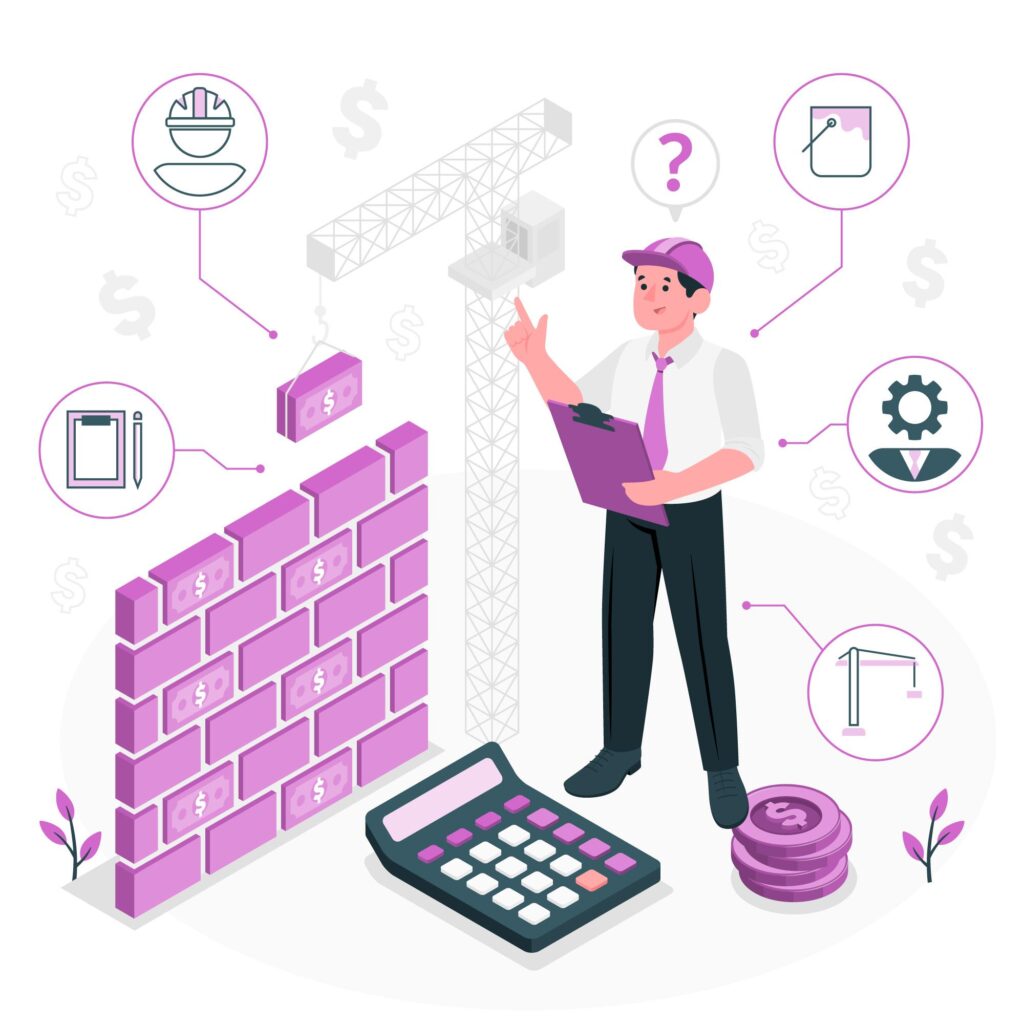
How We Do the Work
Stone Masonry Estimation Services and Types of Stone Masonry
Stone masonry has long been a favored construction method due to its durability, aesthetic appeal, and ability to withstand the test of time. At the heart of any successful stone masonry project is an accurate estimation process. This article delves into the intricacies of stone masonry estimation and explores the different types of stone masonry […]
